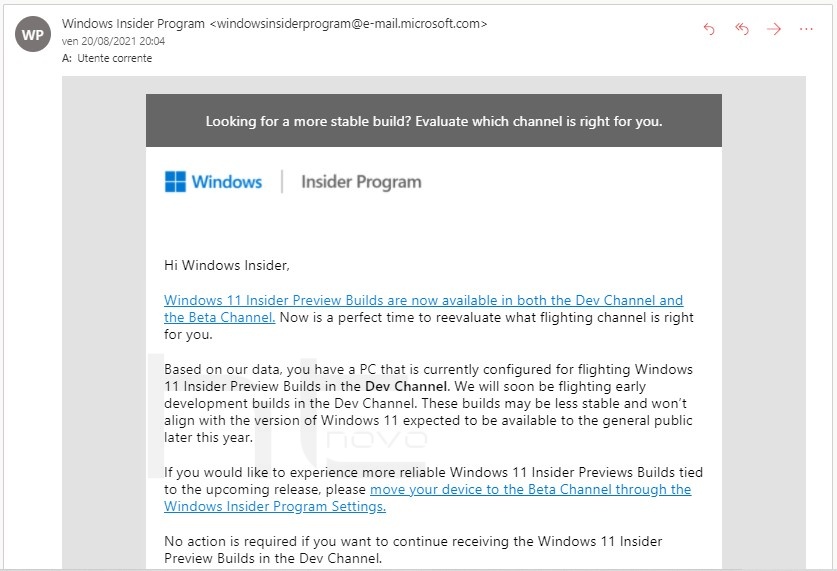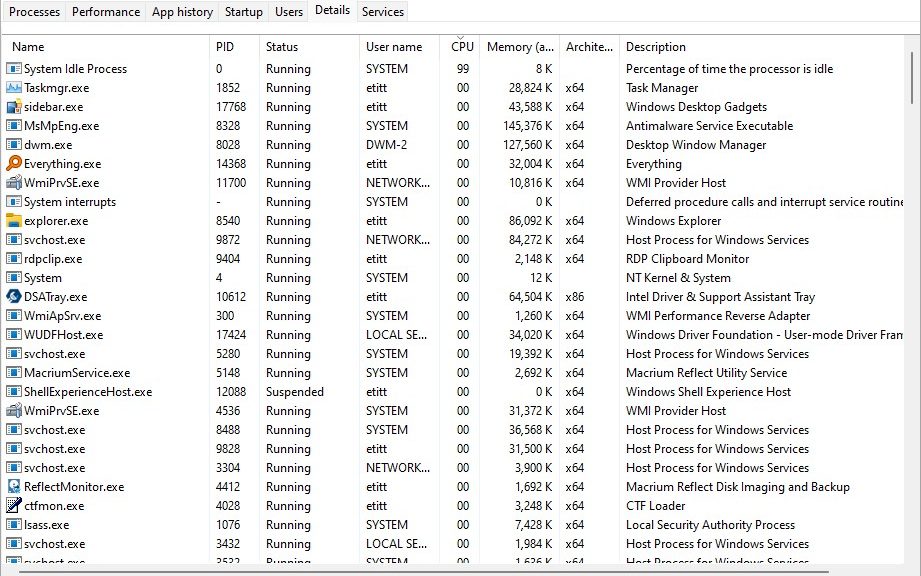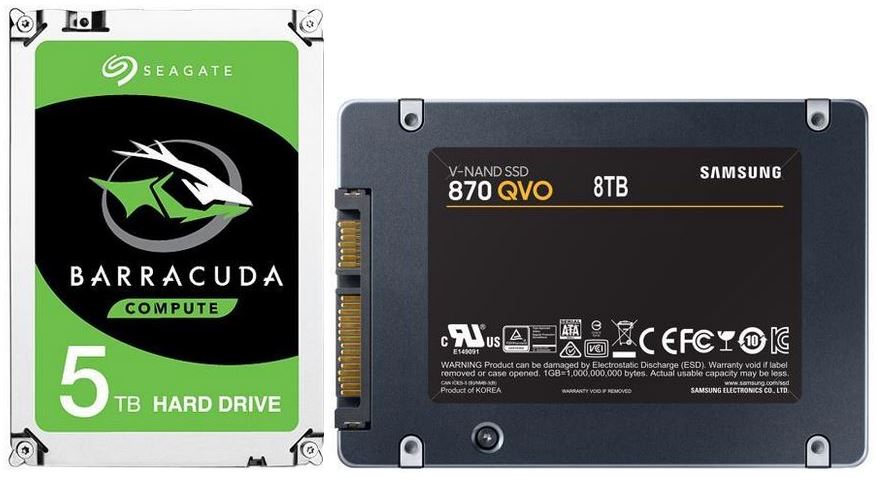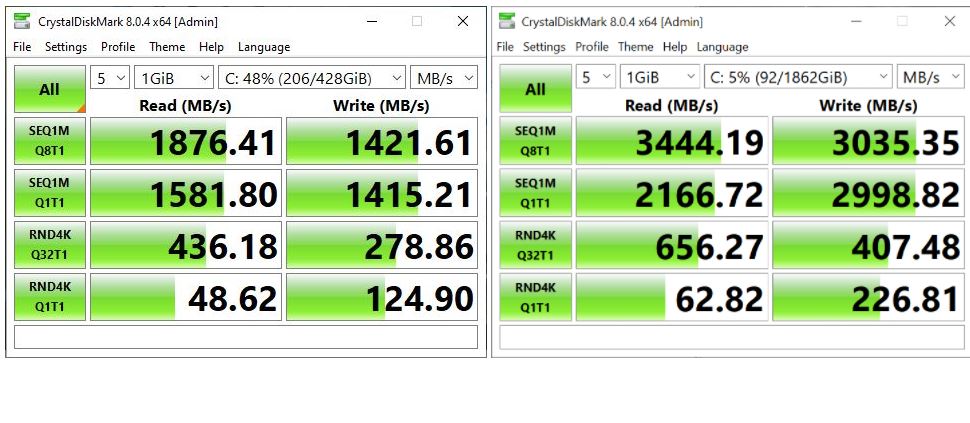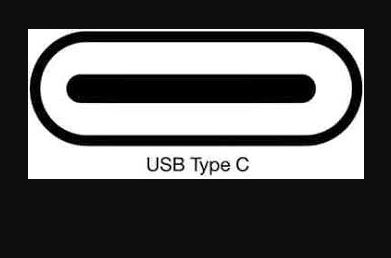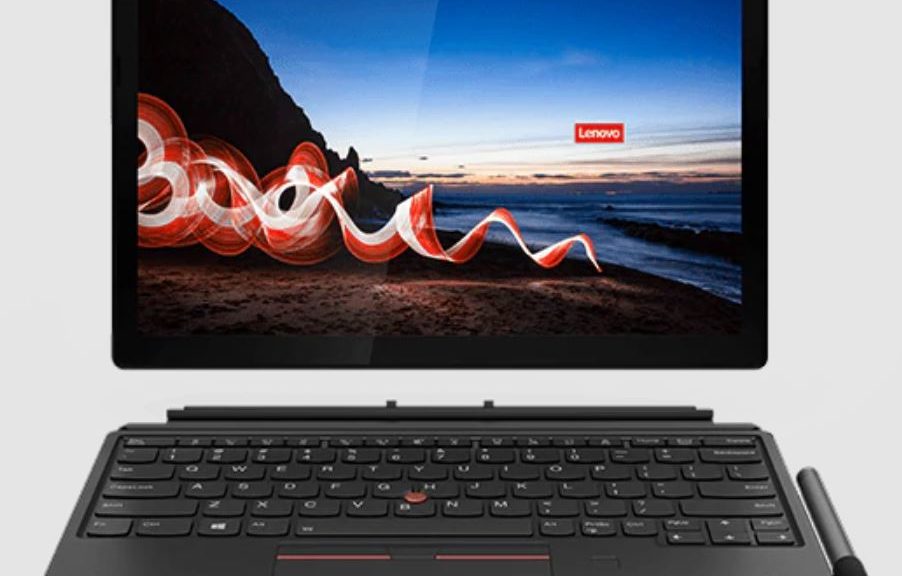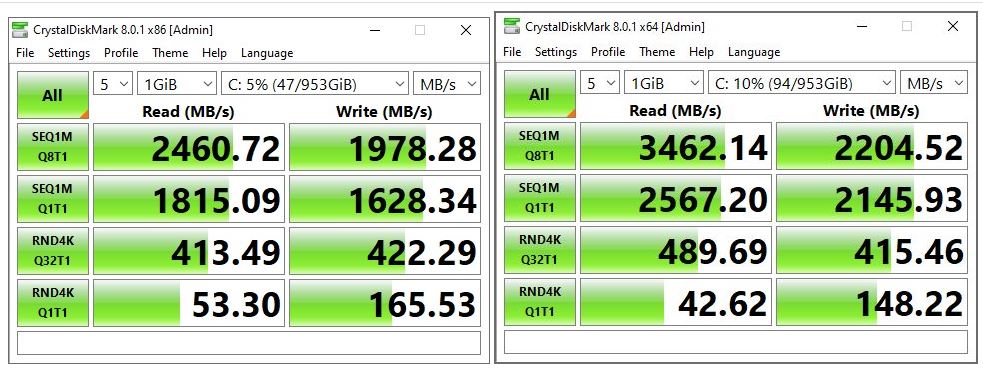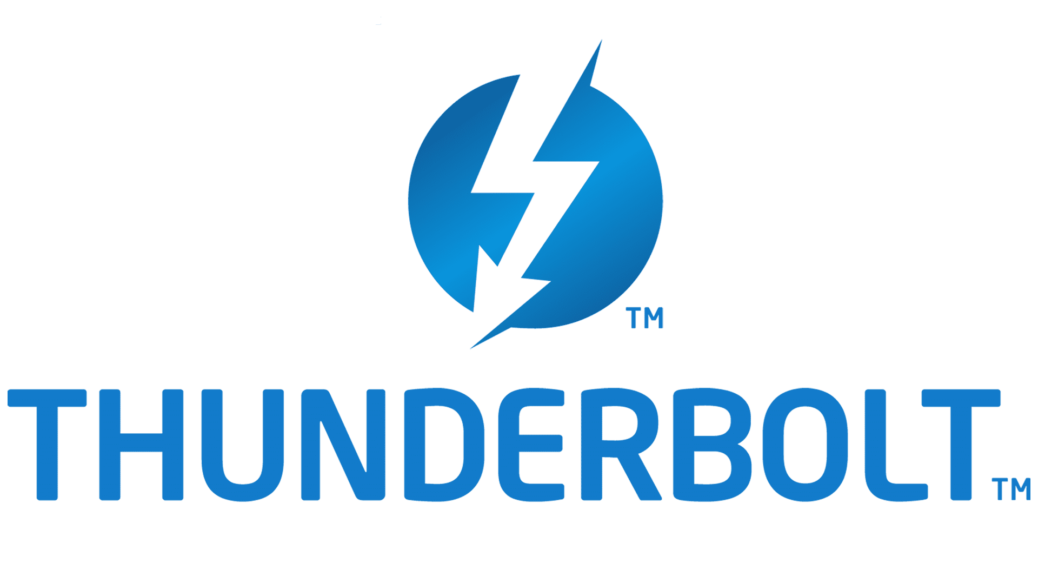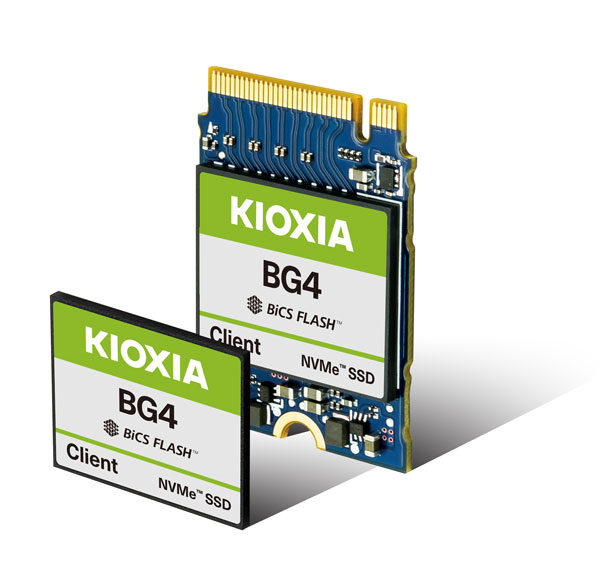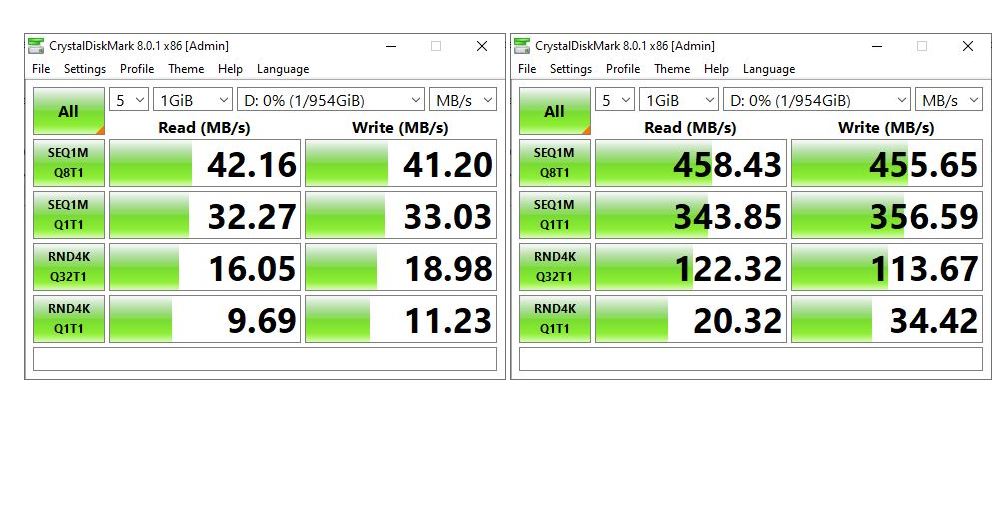Back in late August, Microsoft sent an email to Windows Insiders. It indicated that the company would “soon be flighting early development builds in the Dev Channel.” That e-mail was reported by an Italian TV station, HTNovo. In fact, it’s the source for this story’s lead-in graphic. The next line in the email reads “These builds may be less stable…” With the last few (2 or 3) releases, this Dev Channel instability promise starts manifesting itself. At least, on my Lenovo ThinkPad X12 Hybrid Tablet, anyhow.
Dev Channel Instability Promise Starts Manifesting Exactly How?
Two Builds back — namely 22458, installed on 9/17 — I noticed my X12 start getting laggy and draggy. Click on a Start menu item, and there’s a noticeable pause before it opens. Double-click inside an application — Explorer, for example — and it takes one or two seconds for the drive or folder to expand and show its contents.
I’ve also noticed that the Belkin Thunderbolt dock on that PC is running at about half-speed. I’m seeing data transfers closer to 500 Mbps in Macrium Reflect, and around 70-80 MBps in Explorer for large file transfers. Wired Ethernet is topping out at under 100 Mbps on my nominal GbE Internet connection, which routinely delivers 600-800 Mbps on other wired connections. The same dock runs much faster on a Windows 10 PC, and a USB-C NVMe attached to the X12’s other USB C port directly (no intermediating dock) also runs much, much faster.
Learning What “Less Stable” Means
The weird thing is my older, less capable X380 Yoga (8th gen Intel CPU Thunderbolt 3) isn’t slowing down as much as the X12. That newer tablet includes an 11th gen Intel CPU, faster RAM, and a Thunderbolt 4 interface. My gut feeling is that the penalty must be related to newer-gen drivers and interfaces. My hope is that MS works out the kinks sooner, not later.
I installed the latest Build (22468) yesterday. It is much less laggy and draggy than the preceding 22463 and 22458 builds. But it’s still not “nearly instant.” My Beta Channel test PC (another X380 Yoga) is snappy and even a bit faster than it was when running recent Windows 10 builds.
So right now, I’m having fun. I’m observing performance, looking for potential issues and causes, and giving the new builds a good workout. I don’t mind — it’s what I signed up for when I joined the Insider Program. But it is worth noting and reporting on. I’ll keep you posted as things change and develop further. Please: stay tuned!
